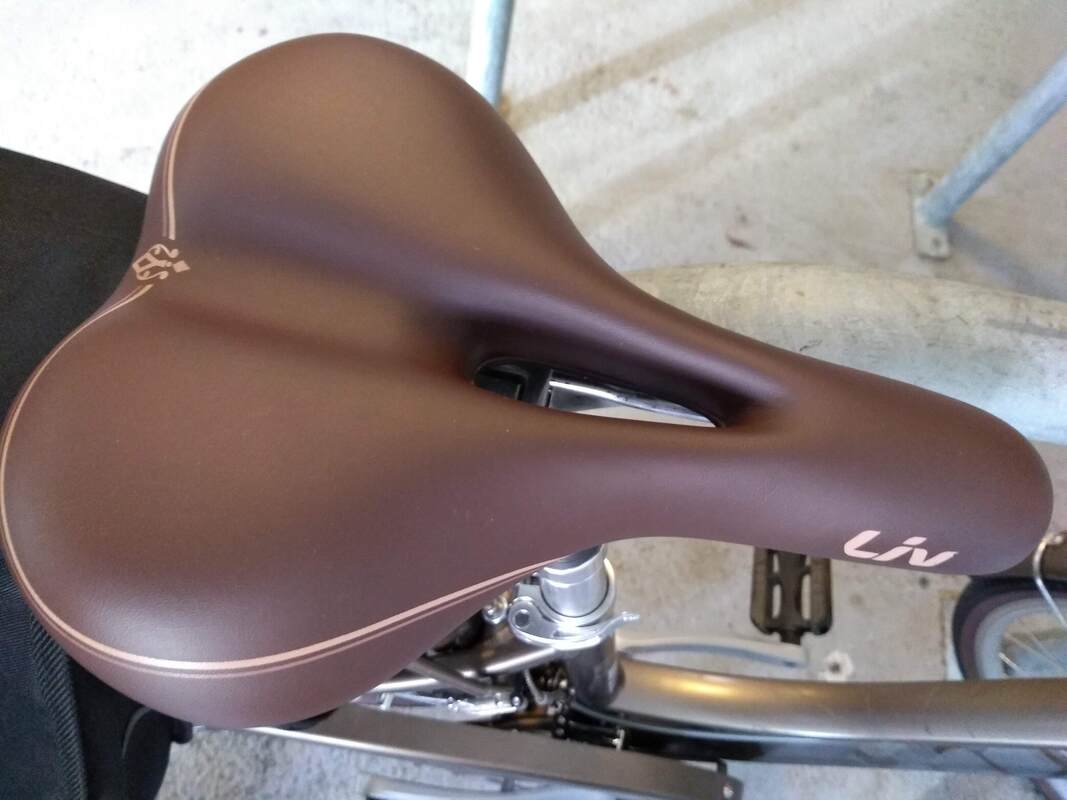Pseudoscience Updated 2025-07-16
Calcium Updated 2025-07-16
Ciro Santilli's hardware Lenovo ThinkPad P51 (2017) Updated 2025-07-16
Specs:
Identifiers:
- Ethernet MAC address: 54:e1:ad:b5:5b:08
- Wi-Fi MAC address: 44:03:2c:a2:27:81
Quantum computer simulator Updated 2025-07-16
Other good lists:
- quantumcomputingreport.com/resources/tools/ is hard to beat as usual.
- www.quantiki.org/wiki/list-qc-simulators
- JavaScript
- algassert.com/quirk demo: github.com/Strilanc/Quirk drag-and-drop, by a 2019-quantum-computing-Googler, impressive. You can create gates. State store in URL.
- github.com/stewdio/q.js/ demo: quantumjavascript.app/
Bibliography:
- www.epcc.ed.ac.uk/whats-happening/articles/energy-efficient-quantum-computing-simulations mentions two types of quantum computer simulation:
The most common approach to quantum simulations is to store the whole state in memory and to modify it with gates in a given order
However, there is a completely different approach that can sometimes eliminate this issue - tensor networks
Quantum control systems use FPGAs Updated 2025-07-16
It seems that all/almost all of them do. Quite cool.
FPGA Architecture of the Quantum Control System by Keysight (2022)
Source. They actually have a dedicated quantum team! Cool. Gun-type fission weapon Updated 2025-07-16
Gun-type fission weapons are the simplest approach and they work with Uranium-235 bombs as you can ignite it with just one explosion.
But Gun-type fission weapons don't work with plutonium, and weapon grade Plutonium is cheaper than weapon grade Uranium, so it wasn't much used.
Phosphorescence Updated 2025-07-16
Polonium-210 Updated 2025-07-16
The only isotope found on Earth because it occurs as part of the uranium 238 decay chain, i.e., it is not a primordial nuclide.
Uranium-235 Updated 2025-07-16
Uranium vs plutonium Quora answer by Ciro Santilli Updated 2025-07-16
Wikimedia Commons Updated 2025-07-16
Parallel evolution Updated 2025-07-16
The cool thing about parallel evolution is that it shows how complex phenotype can evolve from very different initial genetic conditions, highlighting the great power of evolution.
Advanced Linux Sound Architecture Updated 2025-07-16
Except that instead of machines, you have separate programs. One such typical link is:
- from a MIDI source, e.g. vmpk or a MIDI editor with playback like Ardour
- to a synthesizer like FluidSynth or ZynAddSubFX
The advantage of this setup is that separate programs can collaborate to make complex sounds.
The disadvantage of this setup is that it makes it very hard to reproduce results, you basically need a Docker image with the exact same version of everything. And some script to launch and connect all programs correctly.
Advanced Placement Updated 2025-07-16
Advanced quantum field theory lecture by Tobias Osborne (2017) Updated 2025-07-16
When the word "advanced" precedes QFT, you know that the brainrape is imminent!!!
Big goal: explain the Standard Model.
Silicon Updated 2025-07-16
Ciro Santilli's hardware Liv Flourish 2 (2018) Updated 2025-07-16
2022: saddle and seat post stolen near home. Burn in Hell, motherfuckers. Bought a seatpost marked SP342 MICROPOST ALLOY 3 30.4mm. Like this: web.archive.org/web/20220208115055/https://www.ebay.co.uk/itm/Lightweight-Alloy-Micropost-Bike-MTB-Seatpost-25-4mm-Seat-Pin-300m-Long-Silver-/402311713393 but 30.4mm. OK, bought the Park Tool PW-5 15mm pedal wrench tool. Wasn't expensive at all.
The exact specs pages is lost forever. Closest one we've got is the 2020: web.archive.org/web/20200927204537/https://www.liv-cycling.com/gb/flourish-2
Seatpost: TODO diameter. Measured in store 30.4mm after original stolen, although 2020 says 30.9. 30.4mm seemed to fit OK, and measuring with ruler gives 30.5/30.6, I don't think a 30.9 can possibly fit.
Saddle: Liv Contact Comfort Plus Saddle, color golden brown. Same as this but blown: www.liv-cycling.com/gb/contact-comfort-plus-saddle-liv Actual color:
Radium Updated 2025-07-16
Discovered by Marie Curie when she noticed that there was some yet unknown more radioactive element in their raw samples, after uranium and polonium, which she published 6 months prior, had already been separated. Published on December 1989 as: Section "Sur une nouvelle substance fortement radio-active, contenue dans la pechblende".
The uranium 238 decay chain is the main source of naturally occurring radium.
1932 Nobel Prize in Physics Updated 2025-07-16
To Ernest Lawrence for the cyclotron.
Potentiometer Updated 2025-08-08
There are unlisted articles, also show them or only show them.

